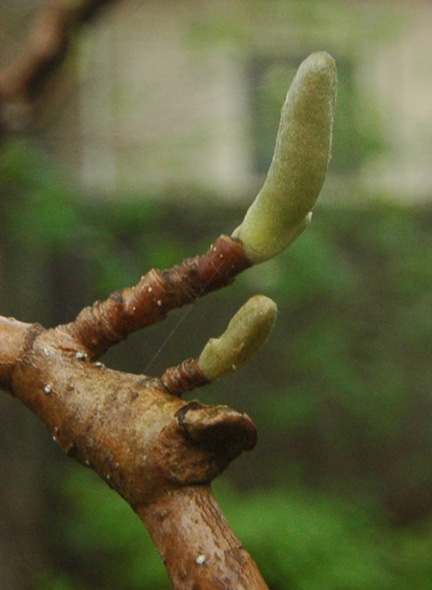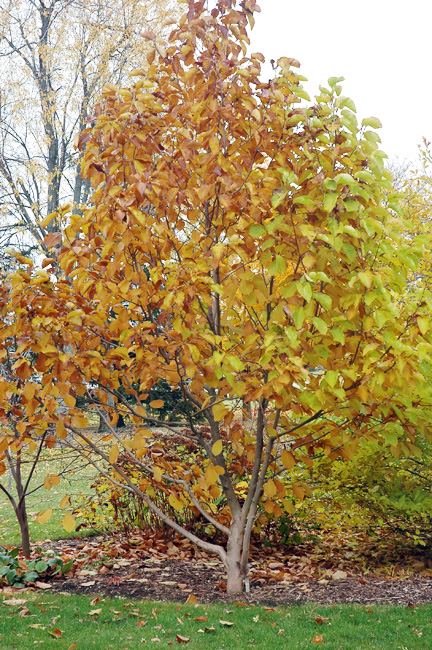
Woody > Magnolia > Magnolia 'Elizabeth'
Magnolia
'Elizabeth'
Elizabeth Magnolia
Origin: Introduced in 1977 by the Brooklyn Botanic Garden, ' Elizabeth' is a selected seedling from a cross between Magnolia acuminata and M. denudata. The crosses were made in 1956 by Evamaria Sperber, former plant breeder at the Brooklyn Botanic Garden.
| Family |
| Magnoliaceae |
| Genus |
| Magnolia |
| Cultivar |
| 'Elizabeth' |
| Category |
| Woody |
| Type |
| Tree (deciduous) |
| Pronunciation |
| USDA Hardiness Zone |
| 5 |
| Canadian Hardiness Zone |
| 6 |
| RHS Hardiness Zone |
| H6 |
| Temperature (°C) |
| -5 |
| Temperature (°F) |
| 25 |
| Height |
| 10 m |
| Spread |
| 5 m |
Photographs
Description and Growing Information
Flowering Period
| Landscape |
| As a specimen or centrepiece tree. |
| Cultivation |
| Grown in partial shade to full sun in well-drained acidic, organic, clay based soils. |
| Shape |
| Upright spreading. |
| Growth |
| Fast |
| ID Characteristic |
| Creamy yellow blooms that are characteristically smaller than other varieties of Magnolia. |
| Pests |
| Cankers, scale. |
| Habitat |
| Horticultural origin. |
| Bark/Stem Description |
| Smooth glabrous bark with slightly pronounced lenticels. |
| Flower/Leaf Bud Description |
| Upright lanceolate flower buds that appear terminally on flowering stems, 4 - 8 cm in length. |
| Leaf Description |
| Simple, alternate pinnate-ovate leaves with narrowed apices. |
| Flower Description |
| Showy open cup-shaped blooms that point upward. Petals can measure between 4 - 8 cm in length. |
| Colour Description |
| Medium green to vivid green foliage in the spring to summer, which turns shades of yellow, gold and orange in autumn. Bark begins a pale brown but as it matures it turns to a darker brown, and then a dark blackish grey. Delicately pale yellow flowers that fade to cream near the centres. |
| Texture Description |
| Medium to coarse. |
| Notable Specimens |
| The A.M. Cuddy Gardens, Strathroy, Ontario, Canada. Caerhays Castle, Goran, Cornwall, United Kingdom. |


